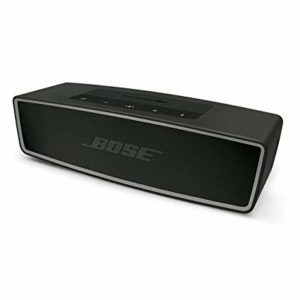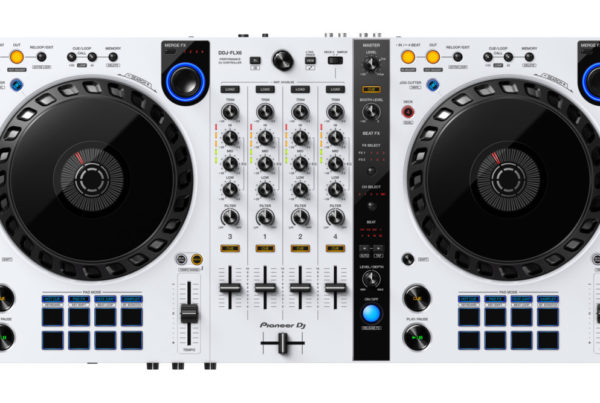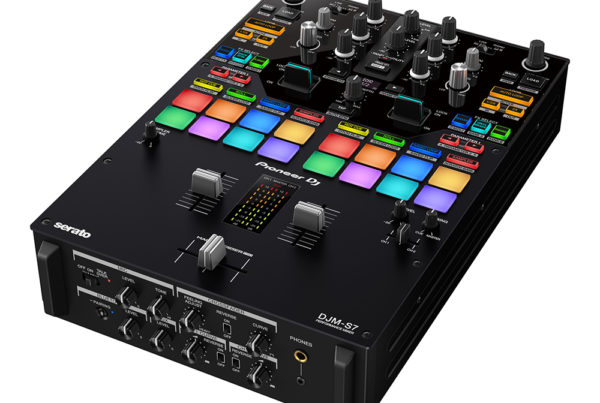How an MIT Professor Created an International Brand
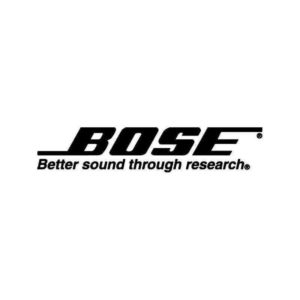
As a Professor of electrical engineering at Massachusetts Institute of Technology, Dr. Amar G. Bose bought a new stereo and was not happy with the sound. Where some may just take the product back, Amar decided to produce a better sound product, a process which eventually led to the founding of Bose Corporation in 1964 and. His quest, which became the company’s mantra, was to design and create a speaker system that delivered a truer experience of live music.
[Amar G Bose wanted to create a product
delivering a truer live music experience.]
So, even before the Bose Corporation was up and running, Amar’s quest truly invoked the pith of the Bose slogan, “Better sound through research”. While still at MIT, he analyzed the weaknesses in existing sound technology and determined that the design of the electronics and speakers of the day did not account for the spatial properties of the radiated sound in typical listening spaces (such as homes). As stated on the Bose website, the sound systems of the latter 50’s and early 60’s also failed to account for “the implications of spatiality for psychoacoustics, i.e. the listener’s head as a sonic diffraction object as part of the system.” Heady stuff; the kind of thinking that led to the formation of Bose Corporation eight years later. Forty-three years later, the company would be boasting US$3.8 Billion in sales with 8000 employees worldwide.
[The 2017 Bose Annual Financials reported revenue of US$3.8 billion.]
In an interview in 2017, Bose articulated the driving force of the company. “One magazine in the United States, High Fidelity, a really credible magazine, had one reviewer named Norman Eisenburg who really knew his music. In those days I used to take the loudspeaker to the reviewer. I packed my son and loudspeaker in the car and went off. I put this little thing on top of the big speakers he had, turned it on, and within five minutes he said: ‘I don’t care if this is made of green cheese, it’s the best sound, most accurate sound, I’ve ever heard.’ He came out with a review titled ‘Surround and Conquer’. He was not known to do things like that. Everybody in the press knew he knew music, and it resulted in rave reviews one after another, and we were able to survive.”
Rewind to the first loudspeaker product created by Bose, the model 220, employed 22 small, mid-range speakers. When positioned in the corner a room, it used the reflections off the walls to actually increase the size of the room (so to speak). The initial results were not as satisfying as the engineers hoped.
[Bose’s first efforts were less than satisfactory.]
Undeterred, Bose pursued more research into psychoacoustics. This time he focused on the sound experience from the perspective of the head of the listener. The resulting speaker design aimed eight identical mid-range drivers (with electronic equalization) at the wall behind the speaker, and a ninth driver towards the listener. The purpose of the design was to give reflected sound dominance over direct sound.
Thus, the pentagonal Model 901 was born in 1968. To this day, it is still unconventional when compared with most systems, where mid-range and high-frequency speakers face directly to the listener.
It achieved immediate commercial success driving the growth of the Bose Corporation during the 1970s. The Bose 901 was produced until 2017, the longest-running production run.
[The pentagonal Bose Model 901 was born in 1968, achieving immediate commercial success and driving the growth of the Bose Corporation in the 1970s. The Bose 901 was produced until 2017.]
Today, Bose continues to innovate: noise cancelling headphones (used on the Space Shuttle), Bluetooth sound systems, professional audio array systems, home theatre systems …. the list continues. Bose expanded its footprint with Bose Professional, supplying major system installations in large-scale corporate and entertainment venues.
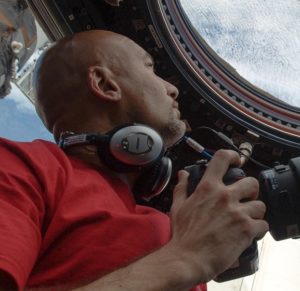
Back in April 2011, Amar Bose donated his stake in the Bose Corporation to MIT. Dr Amar Gopal Bose passed away in 2013, but his legacy continues to be heard throughout the world — and even out of this world.
